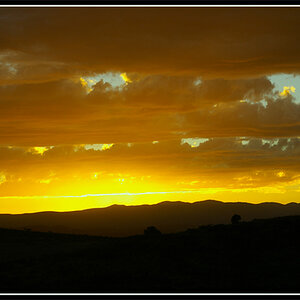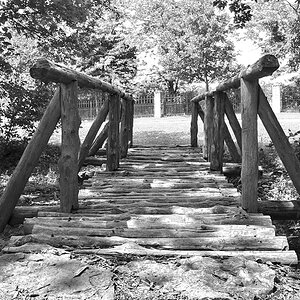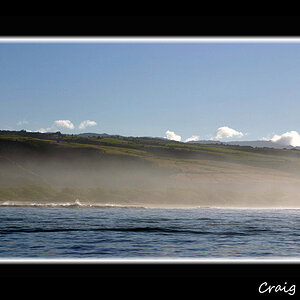righteous_bucks
TPF Noob!
- Joined
- Oct 2, 2009
- Messages
- 51
- Reaction score
- 0
- Location
- Dacula, GA
- Can others edit my Photos
- Photos OK to edit
So, I just ordered my Canon 20d so I've been reading over the specs for it and all, but I have a question about aperture. To change exposure manually, you can change shutter speed, ISO, and aperture, but do you not change the aperture on the actual camera like you do the other two? Or do you change aperture with the lens? When I look through the specs for this camera it doesn't mention aperture settings at all, so I'm confused 
By the way, the 20d will be my first ever slr camera, so I've never messed with any of these manual exposure settings like this, so that's why this question is probably dumb to most people on here.
By the way, the 20d will be my first ever slr camera, so I've never messed with any of these manual exposure settings like this, so that's why this question is probably dumb to most people on here.


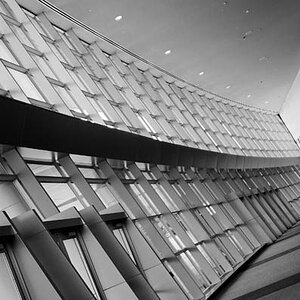

![[No title]](/data/xfmg/thumbnail/1/1592-cfae4a7ea791f96c6e2d03484be2e454.jpg?1619729144)
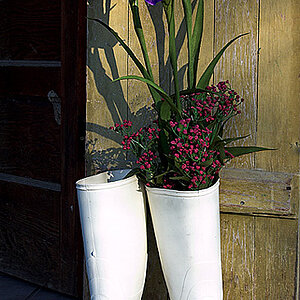

![[No title]](/data/xfmg/thumbnail/37/37602-1ef8dbb1c2d0e4ff347ee65d328c3603.jpg?1619738147)

